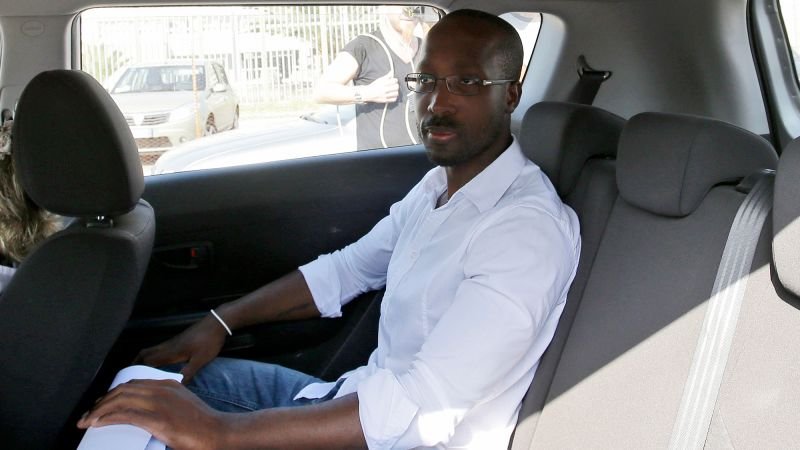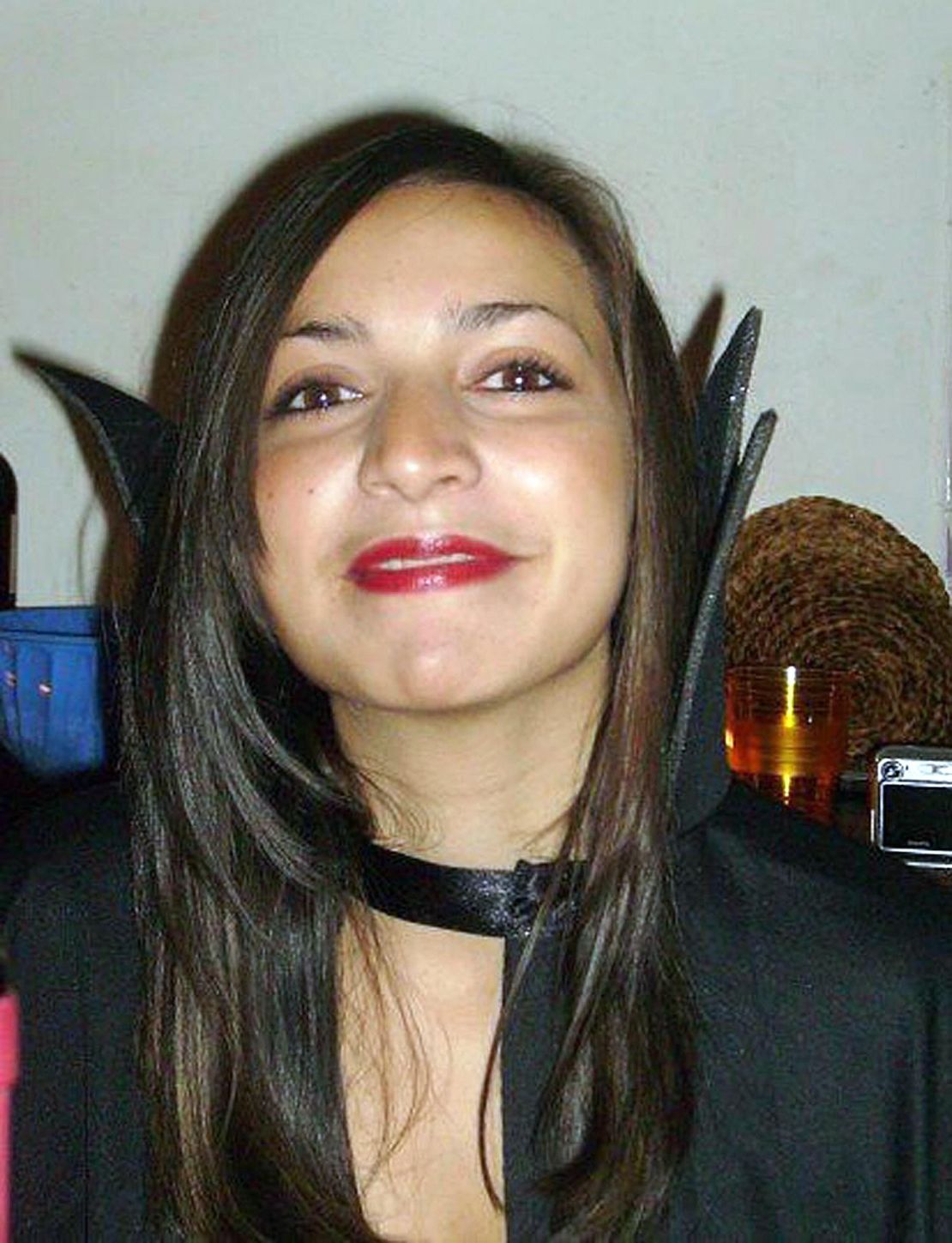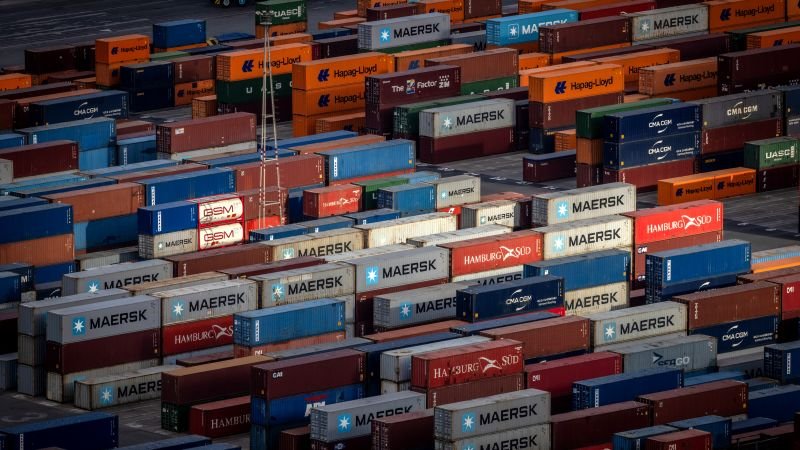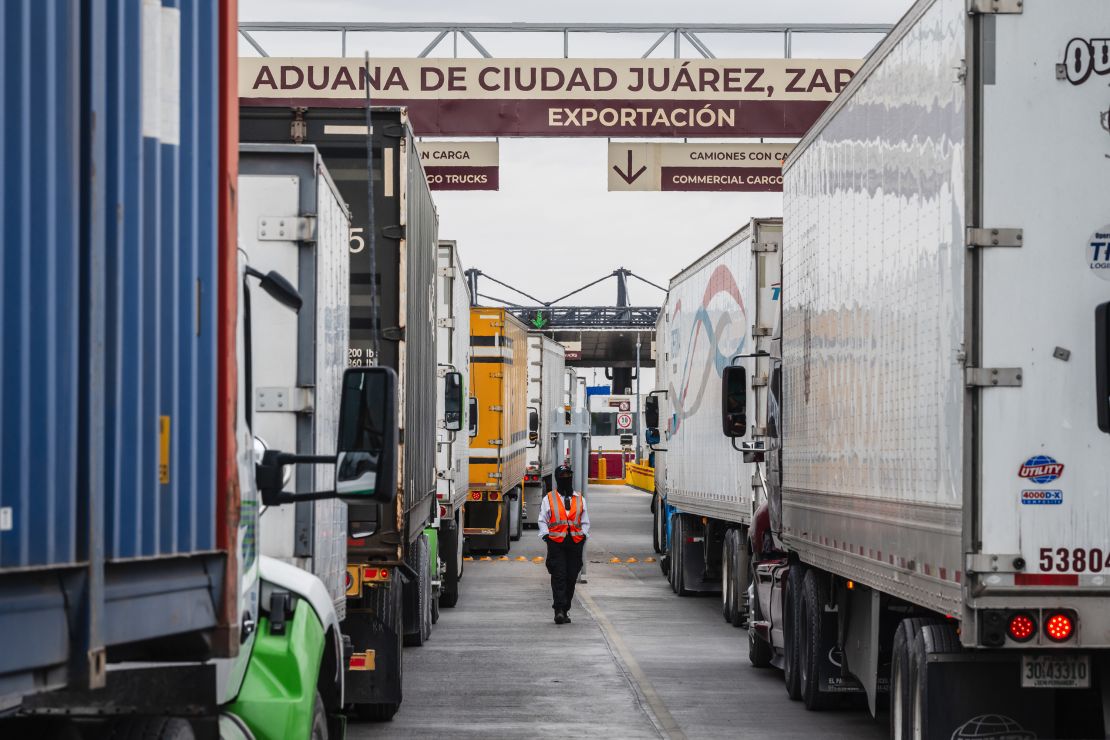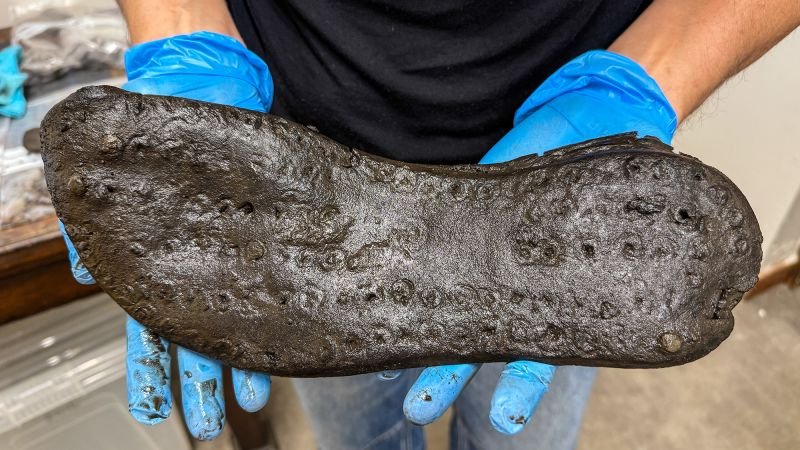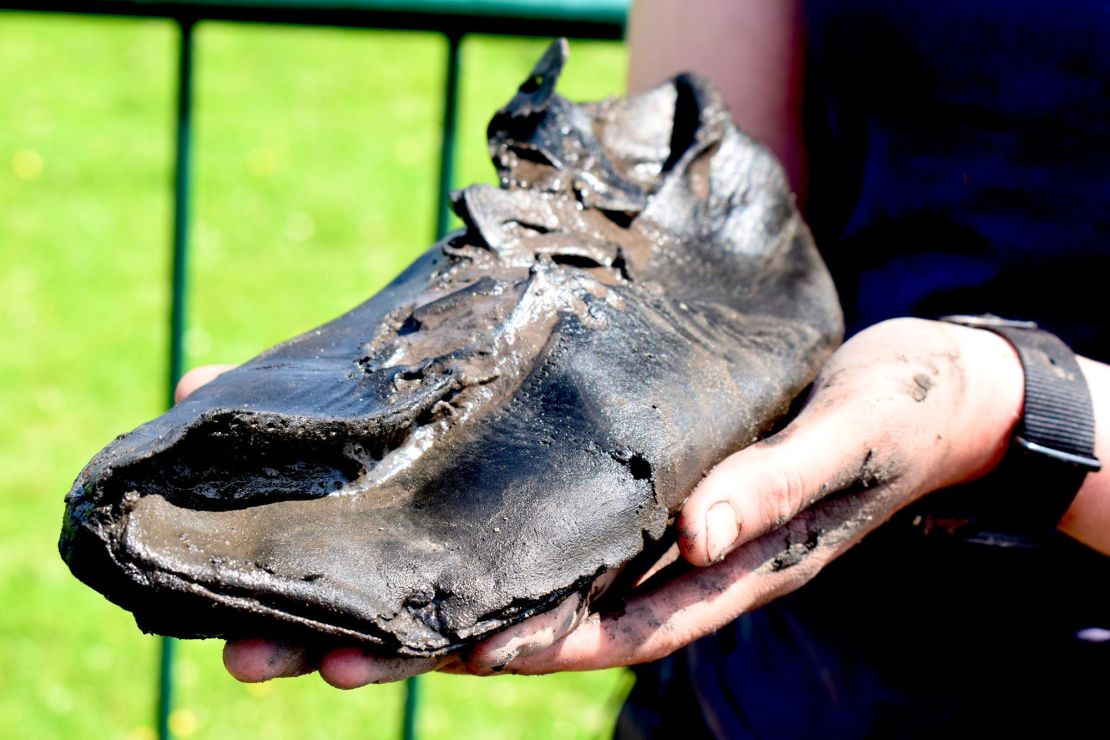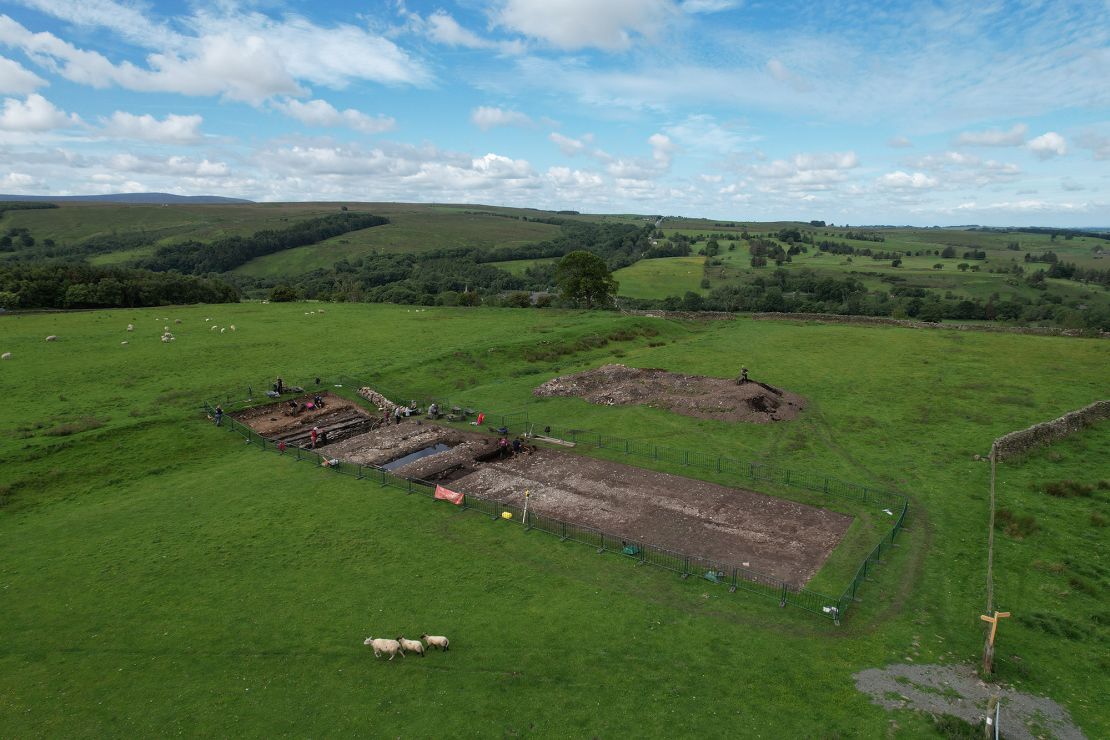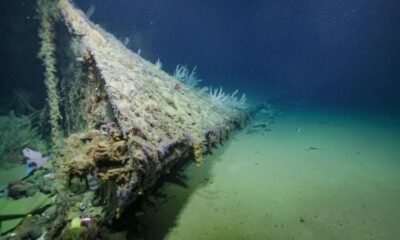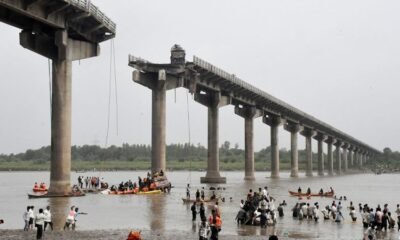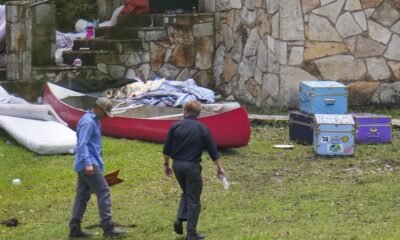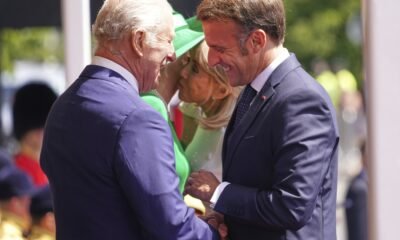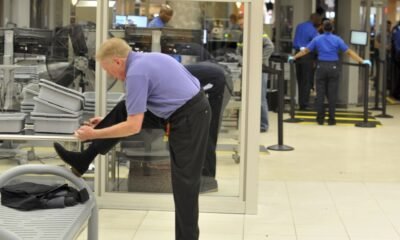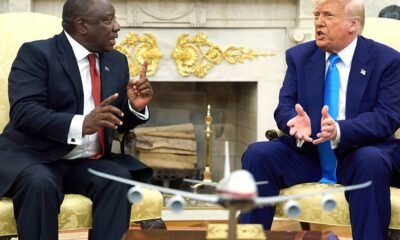CNN
—
Russian President Vladimir Putin agreed to temporarily halt attacks on energy and infrastructure targets in Ukraine after a lengthy telephone call with President Donald Trump on Tuesday, the White House and Kremlin both said, even as Russia stopped short of signing off on a broader ceasefire to end the three-year-long conflict in Ukraine.
The two men’s conversation, their second since Trump entered office, appeared unsuccessful in convincing Putin to sign off on the 30-day truce that Trump has endorsed and Ukraine has agreed to. Instead, the White House said a narrower pause on hitting energy targets would go into place, while technical teams begin sorting out other areas in negotiations.
“The leaders agreed that the movement to peace will begin with an energy and infrastructure ceasefire, as well as technical negotiations on implementation of a maritime ceasefire in the Black Sea, full ceasefire and permanent peace,” the White House wrote in its description of the call. It said the technical negotiations would begin “immediately” in the Middle East.
A temporary moratorium on energy attacks, though short of a full ceasefire, would still amount to the first instance of Russia agreeing to halt certain strikes since it invaded Ukraine in 2022. Both Moscow and Kyiv could benefit from the pause. Ukraine’s energy grid has been among the biggest targets of Putin’s invasion, which has left the country to suffer periodic blackouts even in the freezing cold winters. That has prompted Ukraine to target Russian oil facilities using long-range drones.
The Kremlin’s description of the call said Trump “put forward a proposal for the parties to the conflict to mutually refrain from attacks on energy infrastructure facilities for 30 days.”
Putin “responded positively to this initiative and immediately gave the Russian military the corresponding order,” Moscow’s readout said.
Ukrainian President Volodymyr Zelensky said after the results of the call were announced that he would support a pause on striking energy targets. “Both sides, Russian and Ukrainian, can cease attacking the energy sector. Our side is going to support this,” he said at a news conference, adding that it was “part of our proposal, about the sky and the sea.”
As part of its demands for a broader ceasefire, Putin stressed the need for a halt of foreign military aid to Ukraine, the Kremlin said, though the White House made no mention of that in its statement. And neither the White House nor the Kremlin brought up land concessions in their official descriptions of Tuesday’s conversation. Ahead of the call, Trump said US negotiators had discussed “dividing up certain assets.”
The high-stakes call, which lasted about two hours, came as the White House has insisted it was closing in on a temporary ceasefire deal to pause the war between Russia and Ukraine.
The call was a key test of whether Trump, who’s largely echoed Putin’s view of the war since their call last month, can achieve his campaign trail promise of bringing the war to an end – and whether his friendliness toward Russia has paid off.
“The two leaders agreed that a future with an improved bilateral relationship between the United States and Russia has huge upside,” the White House said in its statement. “This includes enormous economic deals and geopolitical stability when peace has been achieved.”
Putin told Trump that a prisoner exchange would occur between Russia and Ukraine on Wednesday, according to the Kremlin.
The White House also said the men discussed the Middle East “as a region of potential cooperation to prevent future conflicts” as Russia offers to mediate a nuclear deal with Iran.
Trump supported an idea proposed by Putin to organize US-Russia hockey matches in their respective countries, the Kremlin said.
Ahead of the call, sources familiar with the conversation said a key priority would be securing an agreement on concessions Russia is willing to make – including whether it’s willing to withdraw forces from territory it seized in the past three years since invading Ukraine.
Trump himself suggested as much while speaking with reporters aboard Air Force One on Sunday, saying that US negotiators have discussed “dividing up certain assets.”
“We’ll be talking about land. A lot of land is a lot different than it was before the war, as you know. We’ll be talking about land, we’ll be talking about power plants, that’s a big question,” Trump said.
Negotiations to end the war kicked off after Trump and Putin spoke by phone last month, marking a resumption of communication after a long period of silence between the White House and the Kremlin. Since then, the president hosted Zelensky for an Oval Office meeting that ended with Trump and Vice President JD Vance shouting at him and asking the Ukrainians to leave, followed by the US temporarily pausing military assistance and intelligence sharing.
Weeks of intense back-and-forth negotiations between top US officials — led by Middle East envoy Steve Witkoff, Secretary of State Marco Rubio and national security adviser Mike Waltz — and top Ukrainian and Russian officials led to a breakthrough, with the announcement of a US-led ceasefire proposal. After Zelensky said last week that his country had accepted the 30-day proposal, the US made clear the onus was on Russia to agree, with Trump saying, “Russia holds all the cards.”
Efforts to bring Russia closer to an agreement intensified with Witkoff’s visit to Moscow on Thursday, where he met directly with Putin for several hours, CNN previously reported. Witkoff told CNN the meeting with Putin — his second known meeting with the Russian president this year — was “positive” and that the two sides had “narrowed the differences between them.”
Putin believes “philosophically in a truce,” Witkoff argued, after the Russian leader laid out numerous reservations he had.
Witkoff later flew to Florida to brief Trump on the discussions, and the president was so encouraged by Witkoff’s readout, the sources said, that he directed his team to begin preparations for a phone call with Putin.
Over the weekend, Rubio spoke with Russian Foreign Minister Sergey Lavrov.
“We are on the 10-yard line of peace,” White House press secretary Karoline Leavitt told reporters on Monday, adding that the US has “never been closer to a peace deal than we are in this moment.”
A White House official reiterated that sentiment in a conversation with CNN, arguing that just a week ago they were “hundreds of miles apart, now we’re a couple hundred yards apart.” The official described Tuesday’s Trump-Putin phone call as the “natural next step” in negotiations.
Trump and his team have repeatedly argued the fighting needs to stop before they can proceed to the far more complicated issues that need to be resolved in a longer-term peace deal, like drawing territorial lines and negotiating security support for Ukraine.
But Putin has publicly shared skepticism over the US proposal, with one of his top negotiators, Yuriy Ushakov, dismissing the idea as “nothing more than a temporary respite for the Ukrainian military.”
Asked by CNN on Friday about Putin’s reservations and whether he was playing for time, Rubio: “We’re not going to make our foreign policy decisions on the basis of what a leader says, simply says at a press conference.”
“This is going to play out the way things of this nature and caliber have traditionally and normally play out,” he added, “and that is with the leaders of the countries involved speaking, not in front of the cameras, not in front of the media, but in these negotiations that happen.”
Ahead of the call, senior US officials had repeatedly argued that any permanent off-ramp from the Russia-Ukraine war would include all sides making concessions, but they had also been reticent to publicly discuss details.
After meeting with the Russians in Riyadh last month, Waltz said, “The practical reality is that there is going to be some discussion of territory.” Asked by CNN if it would be acceptable for Russia to retain territory it has annexed since 2022, Waltz said it was something “to be discussed.”
Rubio, ahead of a meeting with the Ukrainians last week, said they were in “listening mode” and “not going to be sitting in a room drawing lines on a map,” but wanted to “get a general sense of what concessions are in the realm of the possible.”
In an interview Sunday, Waltz was asked if “Russia could be given the Donbas in addition to hanging onto Crimea” – two Ukrainian regions it has occupied.
“Are we going to drive every Russian off of every inch of Ukrainian soil, including Crimea?” he told ABC News. “We can talk about what’s right and wrong. And we also have to talk about the reality of the situation on the ground. And that’s what we are doing through diplomacy, through shuttle diplomacy, through proximity talks,” he said.
This story and headline have been updated.


